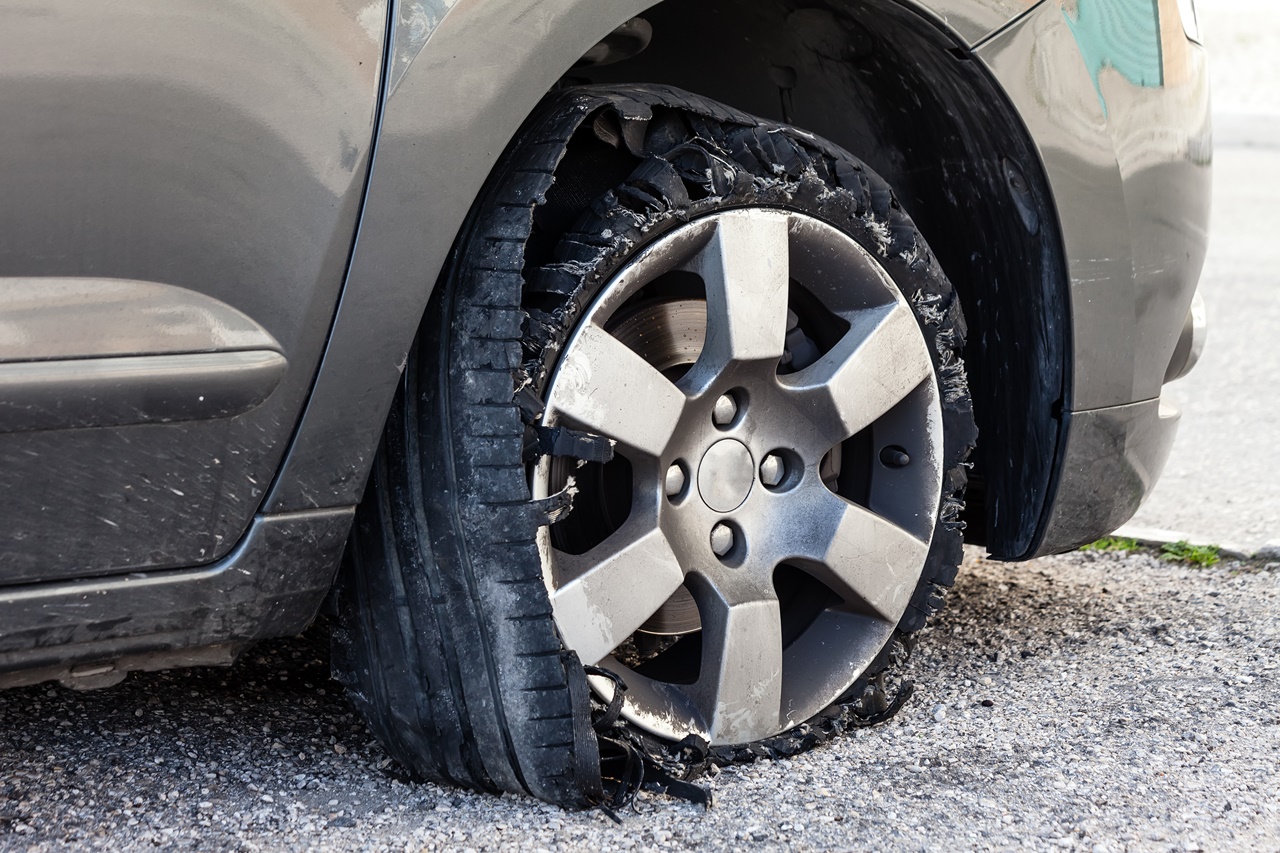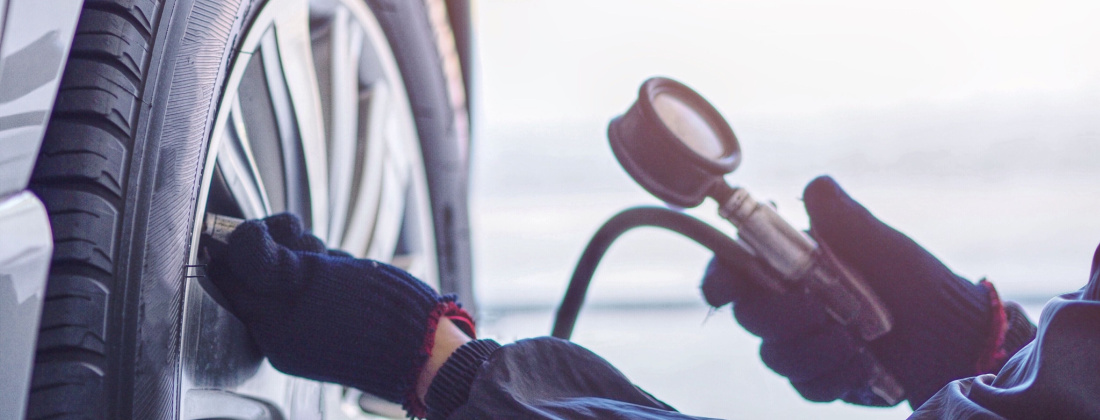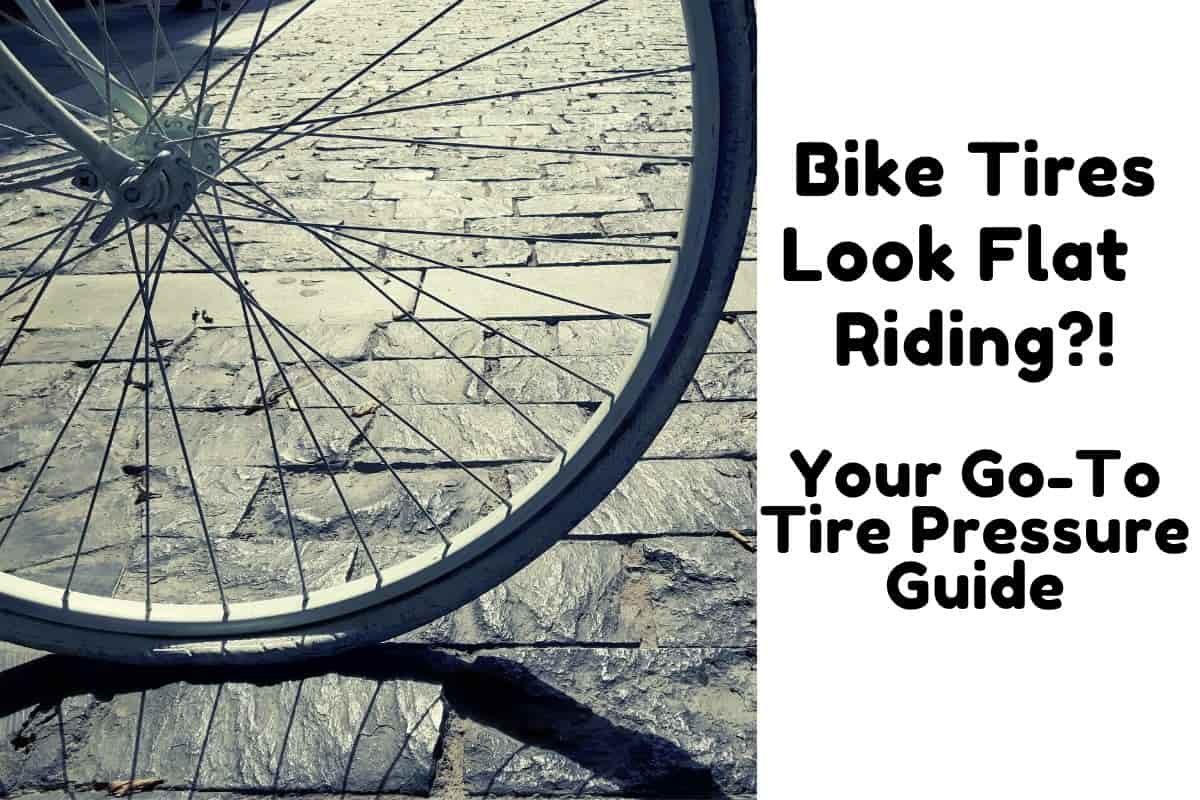Why Proper Tire Inflation Matters
Proper tire inflation is essential for optimal bike performance, safety, and maintenance. When tires are not inflated to the recommended pressure, it can lead to a range of issues that can compromise the integrity of the bike and the rider’s well-being. Underinflated tires, for instance, can cause the tire to flex excessively, leading to increased rolling resistance, reduced traction, and a higher risk of punctures. On the other hand, overinflated tires can be just as detrimental, resulting in a harsh ride, reduced grip, and increased wear on the tire’s center tread. Moreover, improper tire inflation can also affect the bike’s handling and braking performance, making it more difficult to control, especially at high speeds. To avoid these issues, it’s crucial to understand how inflated should bike tires be and to maintain the optimal pressure. By doing so, cyclists can ensure a smoother, safer, and more enjoyable ride.
Understanding Tire Pressure Recommendations
Finding the recommended tire pressure for your bike is a crucial step in achieving optimal performance, safety, and maintenance. The good news is that it’s relatively easy to do so. The first place to look is on the sidewall of your tire, where you’ll typically find a range of recommended pressures. This range is provided by the tire manufacturer and takes into account the tire’s design and intended use. Another valuable resource is your bike’s owner’s manual, which may provide specific tire pressure recommendations based on the bike’s design and components. Additionally, online resources such as the bike manufacturer’s website or tire pressure calculators can provide guidance on finding the optimal pressure. When researching online, be sure to consider factors such as your weight, riding style, and the terrain you’ll be riding on, as these can all impact how inflated should bike tires be. By consulting these resources and considering your specific needs, you can find the recommended tire pressure for your bike and ensure a smooth, safe, and enjoyable ride.
Factors Affecting Tire Pressure Needs
When it comes to determining the ideal tire pressure, several factors come into play. Understanding these factors is crucial in finding the perfect balance for your bike tires. One of the most significant factors is rider weight. Heavier riders require higher tire pressures to ensure proper support and prevent tire damage, while lighter riders may be able to get away with lower pressures. The type of bike is also a critical factor, as road bikes, mountain bikes, and hybrid bikes have different tire pressure requirements due to their unique designs and intended uses. Additionally, the terrain you’ll be riding on plays a significant role in determining the ideal tire pressure. For example, riding on rough, rocky terrain may require lower pressures to improve traction and comfort, while smooth, paved roads may allow for higher pressures to reduce rolling resistance. Other factors, such as weather conditions, tire size, and rim width, also influence how inflated should bike tires be. By considering these factors, cyclists can tailor their tire pressure to their specific needs and preferences, resulting in improved performance, safety, and overall riding experience.
How to Check Tire Pressure
Checking tire pressure is a simple yet crucial process that ensures optimal bike performance, safety, and maintenance. To get an accurate reading, you’ll need a few basic tools: a tire pressure gauge, a pump or CO2 cartridge, and your bike’s owner’s manual. Start by finding a flat, stable surface to park your bike. Next, remove the valve cap and press the tire pressure gauge onto the valve stem. Take a few seconds to ensure a secure connection, then take a reading. Compare this reading to the recommended pressure listed on the sidewall or in the owner’s manual. If the pressure is too low, use a pump or CO2 cartridge to add air. If the pressure is too high, release air slowly until you reach the recommended level. It’s essential to check tire pressure when the tires are cold, as riding can heat up the tires and affect the reading. Additionally, check pressure regularly, as it can fluctuate over time due to temperature changes, tire wear, and other factors. By following these steps, you can ensure your tires are properly inflated, which is critical in determining how inflated should bike tires be for optimal performance and safety.
Common Tire Pressure Mistakes to Avoid
Despite the importance of proper tire inflation, many cyclists make common mistakes that can compromise bike performance, safety, and maintenance. One of the most prevalent mistakes is relying solely on the “pinch test” to determine tire pressure. This method is unreliable, as it’s difficult to accurately gauge pressure by squeezing the tire. Another mistake is neglecting to check tire pressure regularly, which can lead to underinflation or overinflation over time. Additionally, some cyclists fail to consider the specific needs of their bike and riding style, leading to improper inflation. For example, a road bike may require higher pressures than a mountain bike, and a commuter may need different pressures than a racer. By understanding how inflated should bike tires be for their specific bike and riding style, cyclists can avoid these common mistakes and ensure optimal performance and safety. Furthermore, it’s essential to avoid overreliance on tire pressure gauges, as they can be inaccurate or faulty. Instead, cyclists should use a combination of methods, including gauges and manual checks, to ensure accurate readings. By being aware of these common mistakes, cyclists can take steps to avoid them and find the perfect balance for their bike tires.
Tire Pressure for Different Riding Styles
Different riding styles require distinct tire pressure settings to ensure optimal performance, safety, and comfort. For commuters, a slightly lower pressure (around 80-90 PSI) can provide a smoother ride and better traction on urban roads. This is because commuters often encounter rough road surfaces, potholes, and debris, which can be mitigated by a softer tire. On the other hand, racers typically require higher pressures (around 100-120 PSI) to minimize rolling resistance and maximize speed. This is especially important for time trials and criteriums, where every second counts. Off-road enthusiasts, such as mountain bikers, may need even lower pressures (around 20-40 PSI) to maintain traction and control on loose or slippery terrain. By understanding how inflated should bike tires be for their specific riding style, cyclists can fine-tune their tire pressure to achieve the perfect balance of performance, comfort, and safety. Additionally, cyclists should consider factors like tire width, tread pattern, and bike weight when determining the ideal tire pressure for their riding style. By taking these factors into account, cyclists can optimize their tire pressure and enjoy a more enjoyable and efficient ride.
Maximizing Tire Life with Proper Inflation
Proper tire inflation is crucial for extending the life of bike tires. Underinflation can lead to excessive wear and tear, causing tires to degrade faster and increasing the risk of premature failure. On the other hand, overinflation can cause tires to become brittle and prone to punctures. By finding the optimal tire pressure, cyclists can reduce the risk of tire damage and extend the lifespan of their tires. This is especially important for riders who log high mileage or engage in intense riding activities. Additionally, proper inflation can help prevent common tire issues such as uneven wear, sidewall damage, and tread separation. By understanding how inflated should bike tires be for their specific bike and riding style, cyclists can take steps to maximize tire life and reduce maintenance costs. Furthermore, proper inflation can also improve bike performance, as it allows for better traction, handling, and overall ride quality. By prioritizing tire pressure, cyclists can enjoy a safer, more efficient, and more enjoyable ride.
Conclusion: Finding the Sweet Spot for Your Bike Tires
Finding the optimal tire pressure is a crucial aspect of bike maintenance and performance. By understanding how inflated should bike tires be for their specific bike and riding style, cyclists can unlock the full potential of their bike and enjoy a safer, more efficient, and more enjoyable ride. It’s essential to remember that tire pressure is not a one-size-fits-all solution, and what works for one rider may not work for another. By experimenting with different pressures and taking into account factors such as rider weight, terrain, and bike type, cyclists can find the perfect balance for their riding needs. Don’t be afraid to try new pressures and adjust as needed – the payoff will be worth it. With proper tire inflation, cyclists can reduce the risk of tire damage, improve bike performance, and extend the life of their tires. So, take the time to find the sweet spot for your bike tires, and experience the difference it can make in your riding experience.


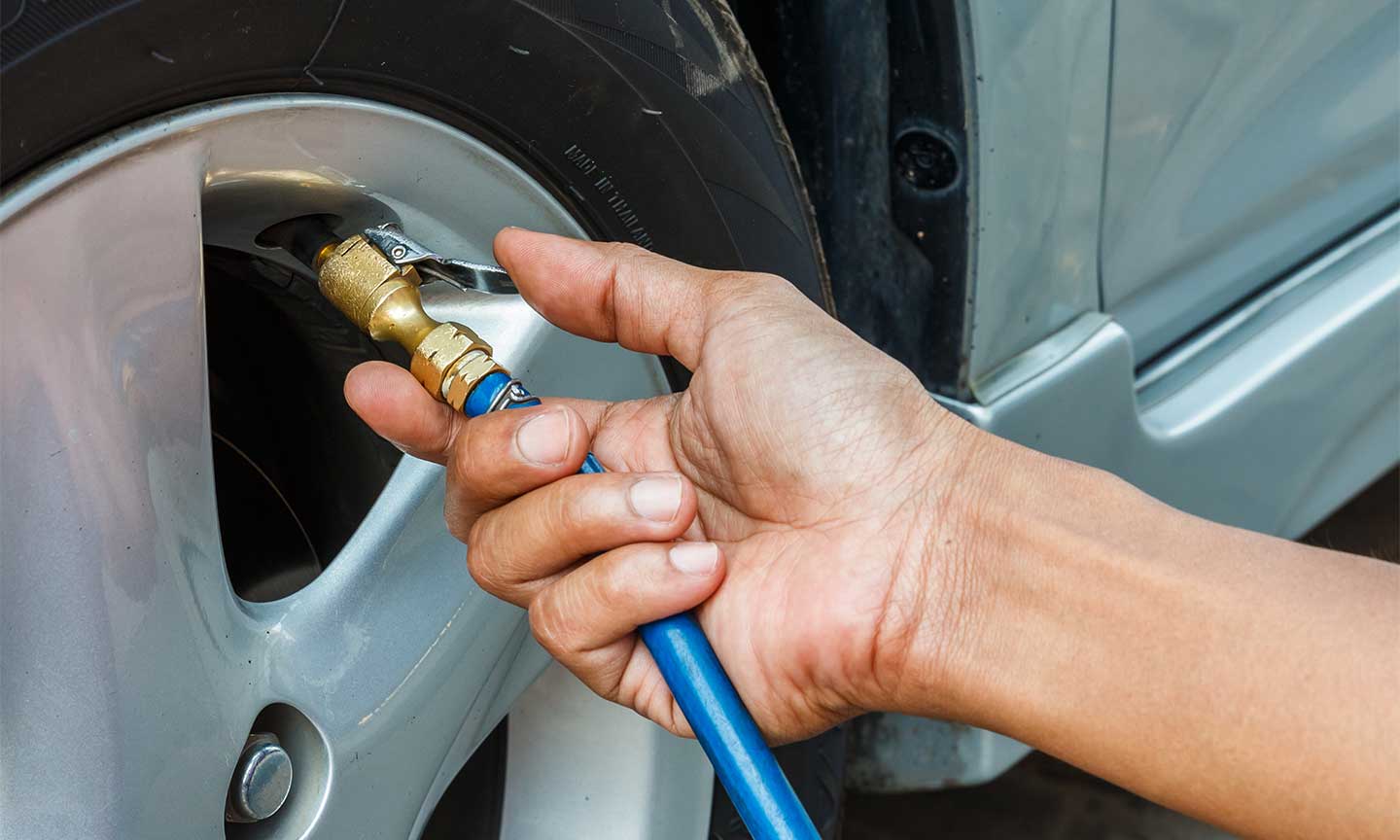
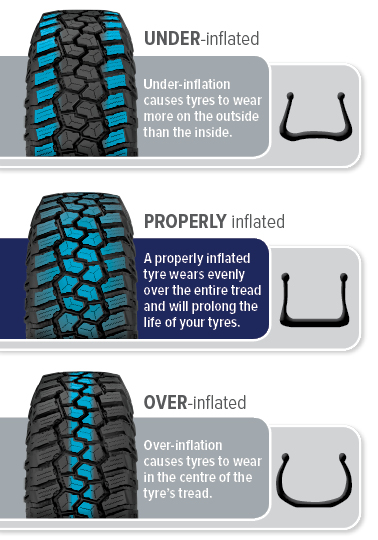
.jpg)
